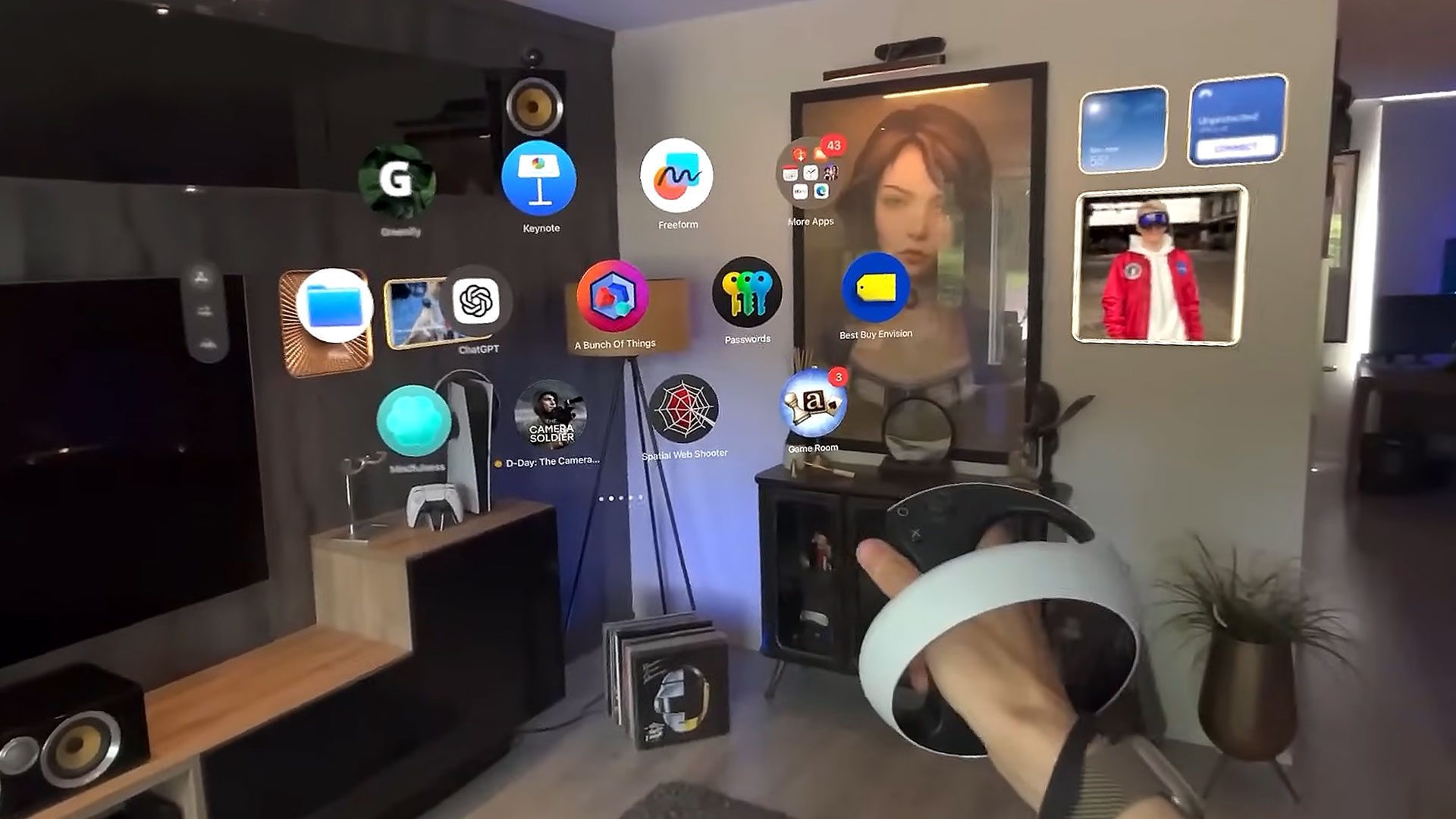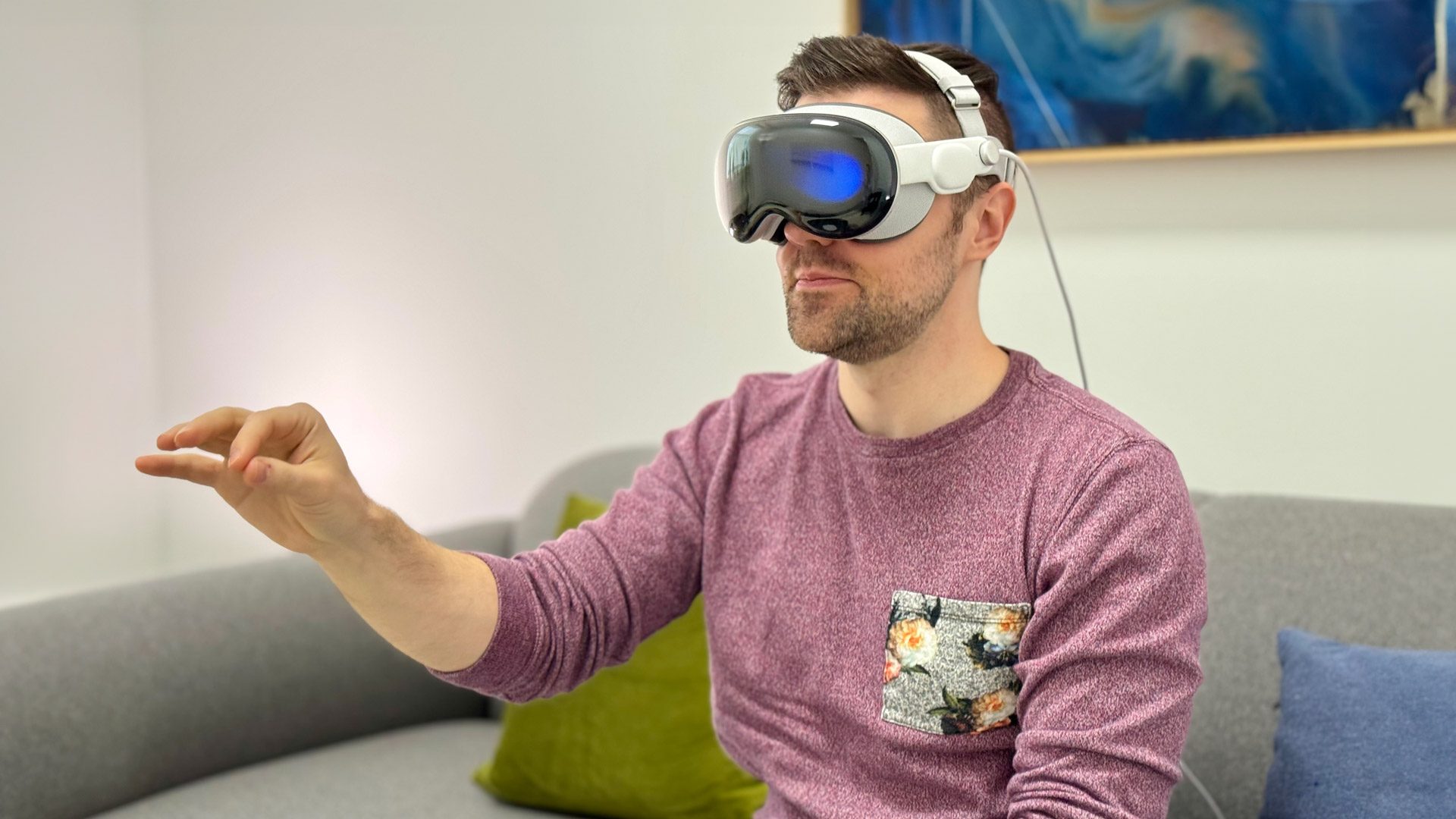Code shared by Apple and discovered by MacRumors has seemingly confirmed that Vision Pro isn’t getting a massive overhaul in its next generation, instead pointing to a hardware refresh that will feature Apple’s upcoming M5 chipset.
This follows previous reports from last year, including those from independent analyst Ming-Chi Kuo and Bloomberg’s Mark Gurman, that suggested Apple was getting some flavor of Apple’s M-chip in its next release; Kuo reported it was M5, and Gurman reported M4.
Additionally, MacRumors reports that the refreshed Vision Pro “isn’t expected to feature any design changes or hardware updates aside from the new chip,” although it could feature a new, more comfortable head strap.
Considering Vision Pro might include the company’s flagship mobile chipset, we probably shouldn’t expect it to be any cheaper than the original, which went on sale in February 2024 for $3,500, and included its older M2 chipset, which was released in June 2022.

Notably, in Kuo’s report from late 2024, he suggested a cheaper version of Vision Pro was delayed “beyond 2027”, which conflicted with an earlier report from The Information in mid-2024 that alleged Apple was on track to release something more affordable first, and then release a more powerful Vision Pro 2 at a later point.
And while releasing an M5 refresh of Vision Pro could be seen as ‘kicking the can down the road’ somewhat, having Apple’s latest and greatest chipset may be a bigger deal than might think.
Besides better overall performance, M5 would effectively be the most powerful standalone headset to date. It would allow XR developers to not only port previous controller-focused games to the headset, thanks to official support for Sony’s PSVR 2 Sense controller, but also develop even more visually rich XR games and apps for the device.
It also effectively aligns Vision Pro with Apple’s core products for the first time. Apple’s M5 is also reportedly coming to iPad Pro, Mac mini, iMac, and MacBook Pro, which would let developers build apps that perform consistently across its latest devices—maybe even including things like access to desktop-class apps running natively on the headset, such as Final Cut Pro.
,
